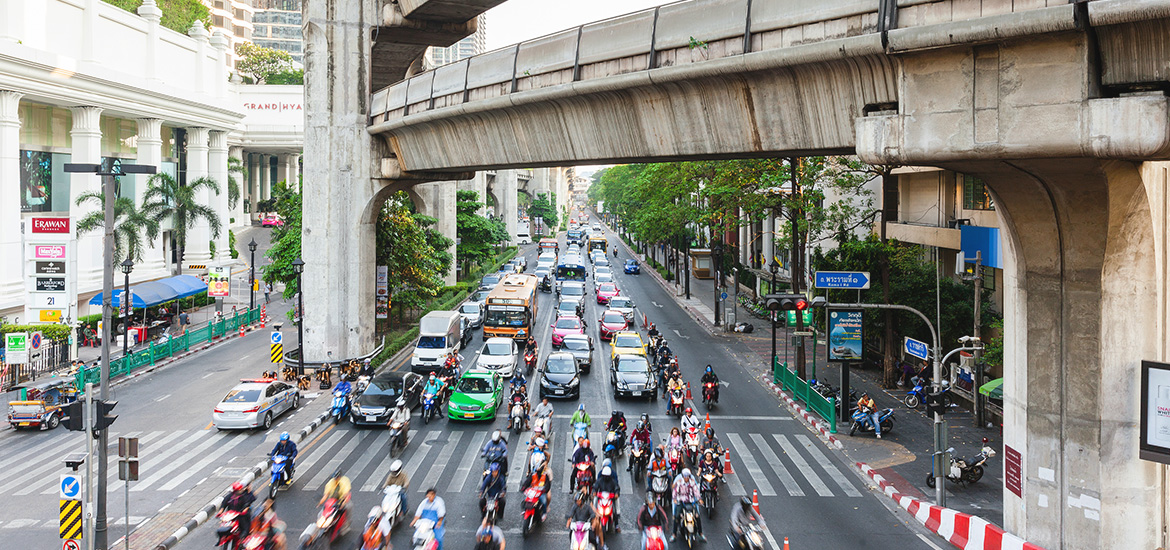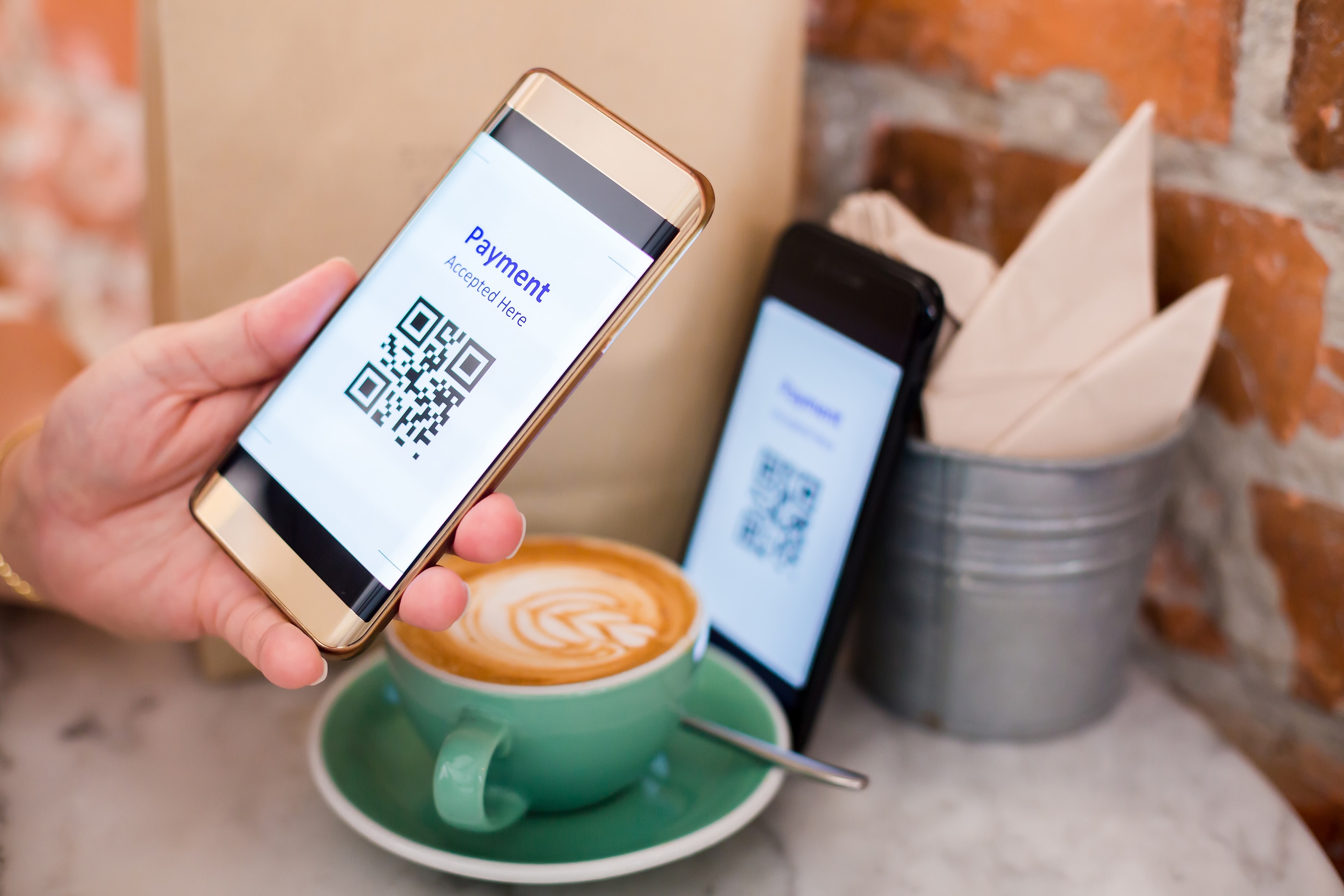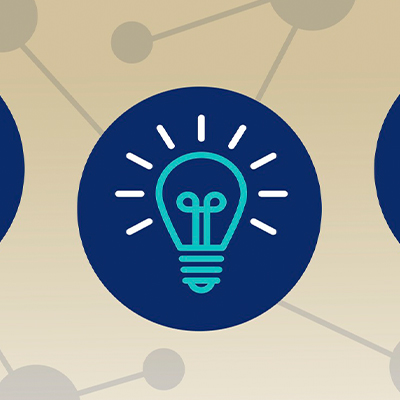This is part of “The Edges of Southeast Asia” project by Deloitte, the Singapore Economic Development Board and the US-ASEAN Business Council, which shines a light on the bright spots of creativity and innovation in the region. Looking at emerging 'edges' or customer segments, geographic markets or products that offer high growth potential opportunities in ASEAN, we begin with the rapidly growing digital economy.
The throwing axe
It is 10 pm. You are at a Bangkok night market, throwing axes with a client. A fee equivalent to the price of two Starbucks Frappucinos gets you one hour of unlimited axe throwing - at a target on a wooden board, of course. This isn't that kind of place.
The experience, while novel, isn't new. Axe-throwing competitions, after all, are rumoured to have originated with North American frontiersmen, or with the Celts in Europe. There are now axe-throwing clubs all over the world. How the practice travelled halfway around the world, you will never know.
This is globalisation, you think to yourself as you quaff your Full Moon Chalawan beer from a plastic cup. This is Southeast Asia.
The mobile phone
Inner warrior placated, you call it a night. The median age of Southeast Asia's population is 30 years, but unlike them, you aren't as young and dynamic. So you do what everyone in Southeast Asia does when they need something - whip out your mobile phone.
Four hundred million of Southeast Asia's 649 million population are online, and 90 per cent of them are mobile-first. Many have no desktop or laptops at home. Four out of the world's top 10 countries by mobile Internet usage are from the region - Thailand, Indonesia, Malaysia and the Philippines. Some of the most popular Instagram and TikTok experts are here.
At this moment, you're using your mobile to hail a GrabCar - but in Southeast Asia, you can also use it for just about everything. It's not just about social media and e-commerce. In Indonesia, you can see the doctor on Halodoc, a mobile app. It is not just cheaper - 10 minutes for about US$1 (S$1.35) but it is probably the only means for most Indonesians to see a doctor, as traffic and large distances make physical consultations impossible. Halodoc now has over 16 million monthly active users.
Elsewhere, Te-Food, a Vietnamese-Hungarian joint venture, has developed a farm-to-fork, blockchain-based food traceability app for pork, chicken, and egg supply chains in Vietnam; consumers scan a QR code on their favourite supermarket produce to verify where the food came from. It's something that might have been hatched by Whole Foods in Austin, Texas - only it was born in Ho Chi Minh City.
But Southeast Asia's mobile future is no utopia. There is a digital divide growing between highly connected countries, and others like Indonesia, Thailand and Myanmar with less than 60 per cent Internet penetration. Within countries, people in urban areas enjoy more reliable Internet connections, while rural consumers make do with sub-par 3G speeds.








